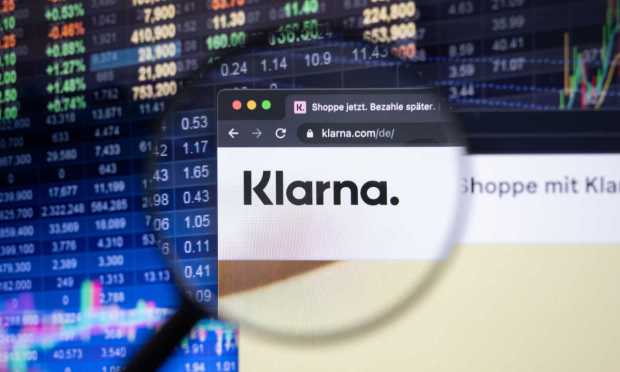Klarna Faces Growing Pains as Losses Increase

Expenses related to U.S. and international market expansion combined with the integration of new acquisitions and widening credit losses all added up to a messy first half for buy now, pay later giant Klarna.
“When we set our business plans for 2022 in the autumn of last year, it was a very different world than the one we are in today,” CEO Sebastian Siemiatkowski said in Klarna’s interim report on Wednesday (Aug. 31).
He pointed to runaway inflation, Russia’s war on Ukraine, the volatile stock market, and a “huge shift in investor sentiment,” all of which have made for the start of a “very tumultuous year.”
Net losses quadrupled at the Swedish payments firm for the first six months through June to 6.2 billion kroner ($581 million) compared with 1.4 billion kroner ($141 million) for the same period of 2021, according to the report. Revenue rose 24%.
Despite laying off 10% of its staff, overhead for salaries and other administrative costs increased to 10.2 billion kroner ($1 million), compared to about 6 billion kroner ($604,000) in 2021. Net credit losses widened to 2.85 billion kroner ($287,000), 0.7% of gross merchandise value (GMV) and was a result of overall loan growth. Last year, credit losses were 1.85 billion kroner and 0.56% of GMV.
“We’ve had a few years now where growth has been really heavily prioritized by investors. Now, understandably, they want to see profitability,” said CEO Sebastian Siemiatkowski.
See also: How Older, Prime Borrowers Can Help BNPL Firms Ride Out Storm
The U.S. and U.K. were the main drivers of volume growth as Klarna worked to significantly strengthen its position in those markets. Revenues increased 24% year on year to 9.1 billion kroner ($916,000), driven by growth in markets including the U.S., where Klarna has built up 30 million users, a fifth of its user base worldwide
Aside from further growth in the U.S. and Europe, the company expanded its footprint into the Czech Republic, Canada, and Greece.
Read more: Merchants Give Installment Loans Fresh Look as Consumers Seek New Payment Options
